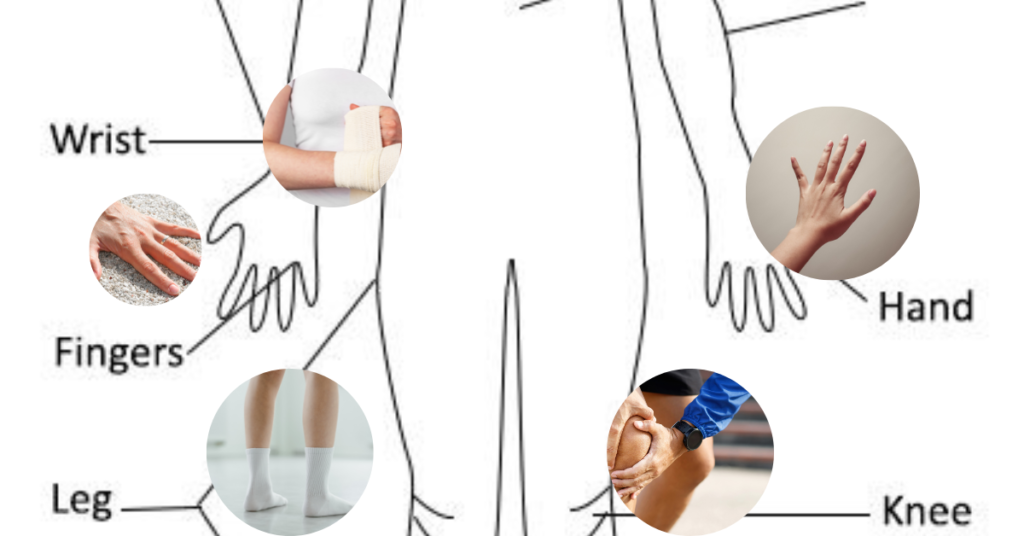
- Gesig (Face)
Example sentence: Sy het ‘n mooi gesig met blou oë. (She has a beautiful face with blue eyes.)
- Oë (Eyes)
Example sentence: My oë is moeg na ‘n lang dag werk. (My eyes are tired after a long day of work.)
- Neus (Nose)
Example sentence: Sy het ‘n klein, reguit neus. (She has a small, straight nose.)
- Mond (Mouth)
Example sentence: Ek hou van die manier waarop sy lag met haar mond oop. (I like the way she laughs with her mouth open.)
- Oor (Ear)
Example sentence: Sy het ‘n oorpiercing. (She has an ear piercing.)
- Hand (Hand)
Example sentence: Sy skryf mooi met haar regterhand. (She writes nicely with her right hand.)
- Voet (Foot)
Example sentence: My voete is moeg na ‘n lang stap. (My feet are tired after a long walk.)
- Lyf (Body)
Example sentence: Sy doen gereeld oefening om haar lyf gesond te hou. (She exercises regularly to keep her body healthy.)
- Skouer (Shoulder)
Example sentence: Sy het ‘n tattoo op haar linkerskouer. (She has a tattoo on her left shoulder.)
- Knie (Knee)
Example sentence: Hy het sy knie beseer tydens die rugbywedstryd. (He injured his knee during the rugby match.)
Exercise
- Create your own sentence(s) using the vocab.
Mini-dialogue
Person A: Ek het my hand seergemaak. Kan jy my help?
(I hurt my hand. Can you help me?)
Person B: Wat het gebeur? Watter deel van jou hand is seer?
(What happened? Which part of your hand is hurt?)
Person A: Ek het my vinger gekneus. Dit voel seer en is bietjie geswel.
(I sprained my finger. It hurts, and it’s a little swollen.)
Person B: Sit dit in koue water en hou dit hoog om die swelling te verminder. Ek sal jou ‘n verband gee.
(Put it in cold water and keep it elevated to reduce the swelling. I’ll give you a bandage.)
Person A: Dankie vir jou hulp. Ek waardeer dit.
(Thank you for your help. I appreciate it.)
Exercise
- Create your own dialogue(s) using the vocab.